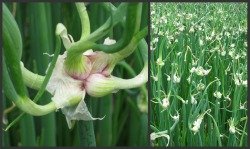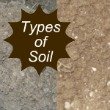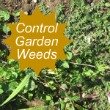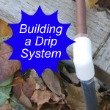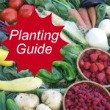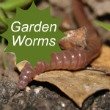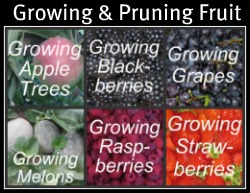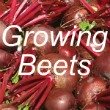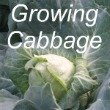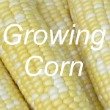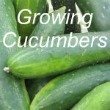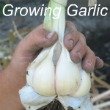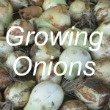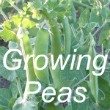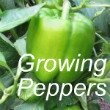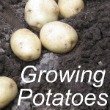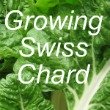|
Growing Green Beans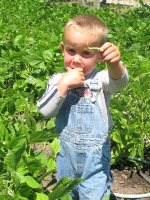
Growing green beans helps put nitrogen back into your garden soil. Beans are part of the legume family. If there's enough nitrogen-fixing bacteria in the soil, legumes can take nitrogen from the air and change it into usable plant food. Beans are a good source of protein, vitamins, and minerals. They are a healthy addition to your diet. Planting Green Beans Planting Green BeansGreen beans are a tender vegetable and are susceptible to frost. Plant them after it stops freezing at night. See
Vegetable Planting Guide. You can use a garden seeder to plant your green bean seeds. If you plant the seeds by hand, plant them 1 inch deep and 2 - 3 inches apart. Plant a double row with the rows 6 inches apart. It saves garden space. The drip system hose can water both rows of beans at the same time. See
Garden Watering Systems. Growing Bush Beans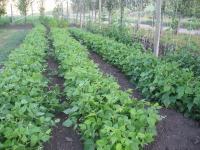
Bush beans mature earlier than pole beans. They were developed for commercial growers who wanted the whole bean crop to ripen at the same time. Plant your first crop of bush beans just after the frost-free date. After you harvest your peas, till the soil and plant a second crop of beans where the peas used to be. You can plant a second crop of bush beans about the 1st of July in Utah. This second planting will come on in the fall of the year. Some of the pests that are more prevalent early in the year will not affect the later crop of beans. This fall crop of green beans tastes better than the earlier crop. Growing Pole Beans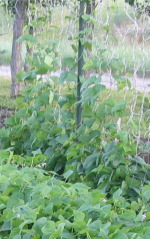
Pole beans develop later in the season. They need to be planted next to a fence or trellis. They will climb the fence and then start producing beans. The pole beans will produce beans for a longer period of time. If you have room, plant bush beans and pole beans so that you can eat fresh beans throughout the summer and fall. You'll notice in the picture that the pole beans are beginning to grow up the fence right next to the bush beans. Mexican Bean BeetleThe pest that affects growing green beans is the Mexican bean beetle. The adult female looks a lot like a ladybug (Ladybugs are helpful garden insects.) The Mexican bean beetles are browner than ladybugs. The females lay eggs on the under side of the leaves. The young Mexican bean beetle is a bright yellow bug. It eats the leaves and destroys the growing vegetation. The beetles are chewing insects, so you can control them by spraying them with “Sevin”. If you don’t want to spray the Mexican bean beetles, you can smash the adult beetles and/or the young beetles. Look for the beetles on the under side of the leaves. Smashing the beetles takes more work, but it works if you are consistent. Be sure to rotate your beans each year from one area of your garden to another. You do this for a couple of reasons: each plant pulls different nutrients from the soil, and insect infestation is not as prevalent in gardens where the crops are rotated. Harvesting Green Beans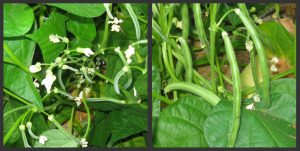
Pick the growing green beans when they are young and tender. They need to be picked twice a week. Pick them clean so that the remaining growing green beans don’t get too big. They grow fast. You’ve heard of the phrase “Growing like a Bean.” Beans get big over night. Do not use the large green beans for canning. They will be coarse and stringy in the bottles. See
Canning Green Beans
Collecting Bean Seeds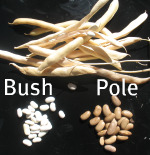
If you’re using non-hybrid bean seeds you can collect seeds and use them next year. Leave a few beans on the plant. Let them mature and get old. They will begin to get dry and shriveled. Harvest the pods and set them in an area where they can continue to dry. Open the pods and harvest the seeds. As a test, you can plant a few of the seeds in January or February to make sure they’ll germinate. Return To:Gardening Vegetables from Growing Green Beans |





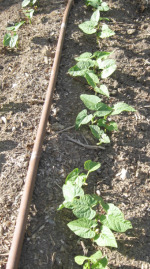 You’ll prepare the soil for beans much like you do for the other garden vegetables. Keep adding organic matter to soil every year so that your garden soil is soft and loamy. Rototill 16-16-16 fertilizer and inorganic sulfur into the soil before planting. Inorganic sulfur is only used if you need to acidify your alkaline soil. Rake the soil smooth then plant your green beans. See
You’ll prepare the soil for beans much like you do for the other garden vegetables. Keep adding organic matter to soil every year so that your garden soil is soft and loamy. Rototill 16-16-16 fertilizer and inorganic sulfur into the soil before planting. Inorganic sulfur is only used if you need to acidify your alkaline soil. Rake the soil smooth then plant your green beans. See

